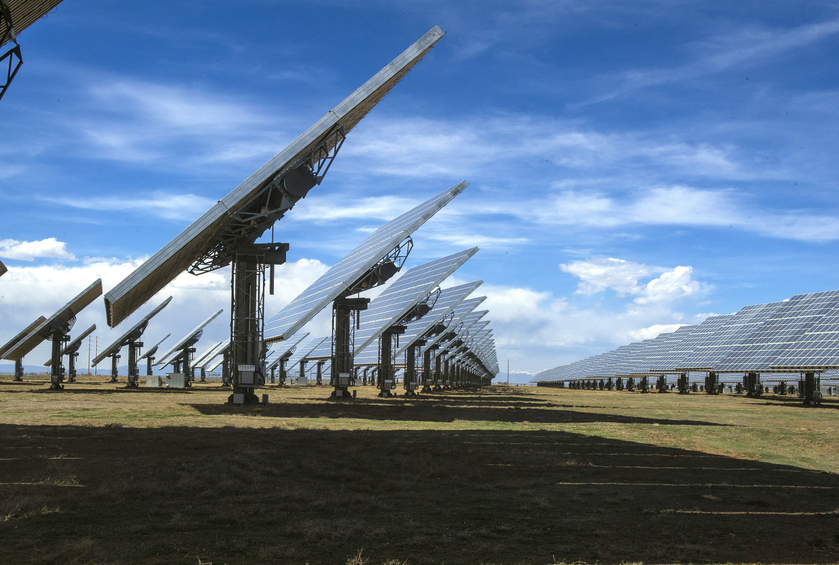A breakthrough moment for a team of MIT researchers occured, when for the first time they have demonstrated a device enabling them to predict how much sunlight they can convert into electricity.
Since 1961, the Shockley-Queisser Limit has represented an absolute theoretical limit in identifying the efficiency of traditional solar cells in the conversion of energy. A single-layer cell made of silicon, used in the vast majority of today’s solar panels, has an upper limit of about 32 percent. Studies are under way to identify whether multiple layers of cells lead to increased overall efficiency or by converting sunlight into heat prior to generating electrical power; a method known as solar thermophotovoltaics (STPV).
MIT doctoral student David Bierman published the findings in journal Nature Energy, a collaboration with professors Evelyn Wang and Marin Soljačić and MIT alumnus Andrej Lenert Ph.D. ’14, MIT postdocs Walker Chan and Bikram Bhatia, and research scientist Ivan Celanovic. The work was supported by the Solid-State Solar-Thermal Energy Conversion (S3TEC) Center, funded by the U.S. Department of Energy.
Bierman maintains that while all research in traditional photovoltaics faces the same theoretical limitations, “with solar thermophotovoltaics you have the possibility to exceed that.” In principle, this method of pairing conventional solar cells with added layers of high-tech materials would lead to doubling the theoretical limit of efficiency and double the power from panels.
Wang says: “We believe that this new work is an exciting advancement in the field, as we have demonstrated, for the first time, an STPV device that has a higher solar-to-electrical conversion efficiency compared to that of the underlying PV cell.”
The key to the process is nanophotonic crystals, which can be made to emit precise wavelengths of light when heated. Nanocrystals can operate at a high temperature of 1,000 degrees Celsius and once heated, they will emit a narrow band of wavelengths of light, which can be matched to the band the cell is able to capture and convert to an electric current. According to Bierman; “all of the energy of the photons gets converted to heat.” This heat is re-emitted as light, however, the structure of nanophotonics enables a conversion to just the colours that match the cell’s peak efficiency.
Bierman believes that the system can offer more potential over conventional photovoltaics. The photonic device would be unaffected by brief changes in the environment, such as exposure to sunlight, allowing it to produce emissions based on heat as opposed to light. Coupled with a thermal storage system, it could in principle enable the use of solar power on a constant basis. “For me, the biggest advantage is the promise of continuous on-demand power,” he says.
To prove the method, the team compared tests conducted using a photovoltaic cell with STPV components, first under direct sunlight and subsequently with the sun blocked completely. Results showed that the performance matched the predicted improvements.
“A lot of the work thus far in this field has been proof-of-concept demonstrations,” Bierman says. “This is the first time we’ve actually put something between the sun and the PV cell to prove the efficiency” of the thermal system. “We showed that just with our own unoptimised geometry, we, in fact, could break the Shockley-Queisser limit.” Theoretically, the system could facilitate reaching far greater efficiencies than that of an ideal solar cell.
Peter Bermel, an assistant professor of electrical and computer engineering at Purdue University, affirms the “significant experimental advance” of the study. “To the best of my knowledge, this is a new record for solar TPV, using a solar simulator, selective absorber, selective filter, and photovoltaic receiver, that reasonably represents actual performance that might be achievable outdoors.” He adds, “It also shows that solar TPV can exceed PV output with a direct comparison of the same cells, for a sufficiently high input power density, lending this approach to applications using concentrated sunlight.”
